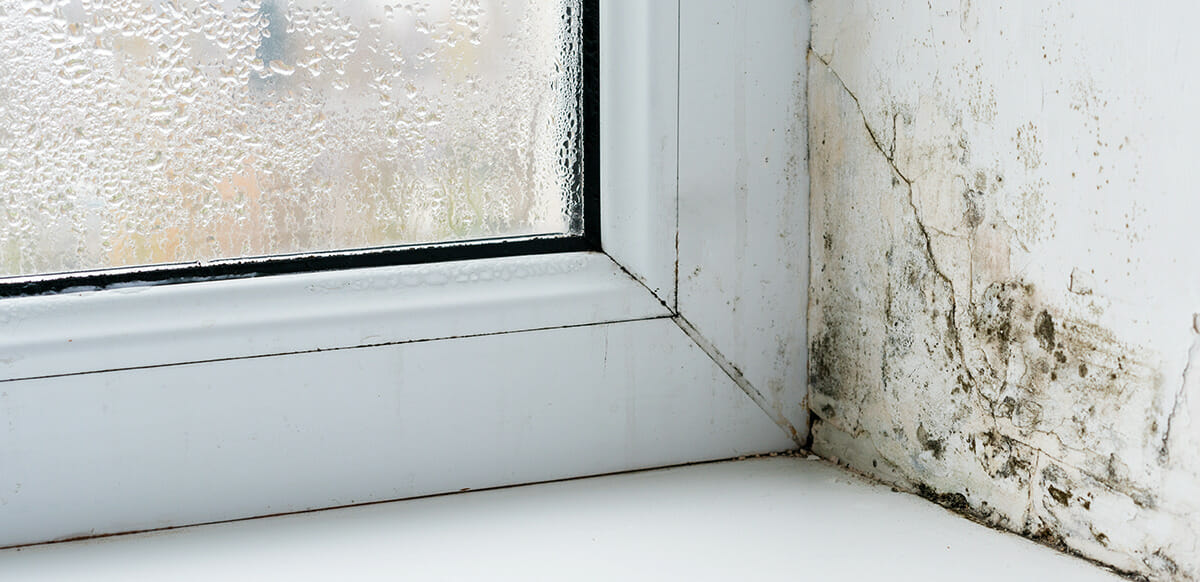Where Do Pests Find Moisture in Our Homes?
We generally tend to see certain pests in specific areas of our homes based on their needs and behaviors. Do they prefer darkness or light? Are they carnivorous (like spiders) or herbivores in search of plant-based material?
Household pests can appear in any area of your home, but there are hot spots that tend to attract the most attention from insects and rodents once they get inside.
Kitchens are the most obvious space for pests to search for food and moisture. Even the tiniest crumb of last night’s dinner can be a feast for a tiny insect. Kitchens also tend to have higher humidity and contain stray drops of water from the sink or condensation from cold foods and dishes.
Bathrooms contain many sources of moisture: toilets, sinks, showers, bathtubs, and more. Bathrooms can also contain organic matter — like hair, skin, and nails — that could be appetizing to some pests. Because steam from our baths and showers make these rooms damp so frequently, some bathrooms also contain mildew, which many pests can feed on.
Basements can often contain residual moisture from the rest of the house. Gravity pulls water and cool air down to the lowest level in your house, making basements exceptionally prone to mold and mildew — and hospitable to pests. Many pests are also nocturnal and prefer to live in dark, quiet spaces, making basements the perfect hideout.
Attics are often the first space affected by a roof leak, but you might not notice the leak for some time if your attic is used for storage and doesn’t get much traffic. Many pests stay in the attic due to warm temperatures from rising heat. If your attic is warm and wet, it’s only a matter of time before mold starts to grow and pests move in, so check your attic regularly for any issues.
Any room with leaks and moisture can attract hungry, thirsty insects and rodents, especially if the leaks are caused by holes leading outside. If your roof, walls, or windows are letting in wind and water, they’re likely to let in insects, too.
Even rooms with no cracks or holes leading outside can have leaky pipes that drip water down to the ground — the perfect place for insects and rodents to find it. If you see puddles in any room in your house, locating and repairing the source of the water is critical to prevent an infestation or the growth of harmful mold.









